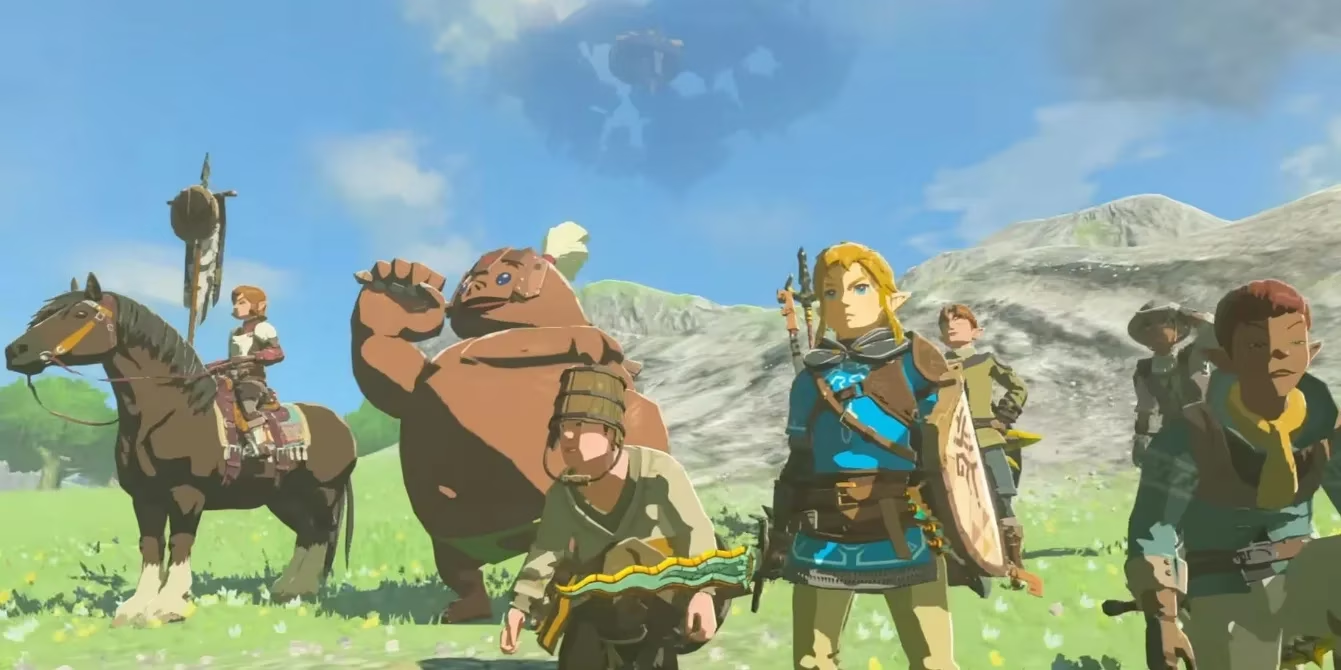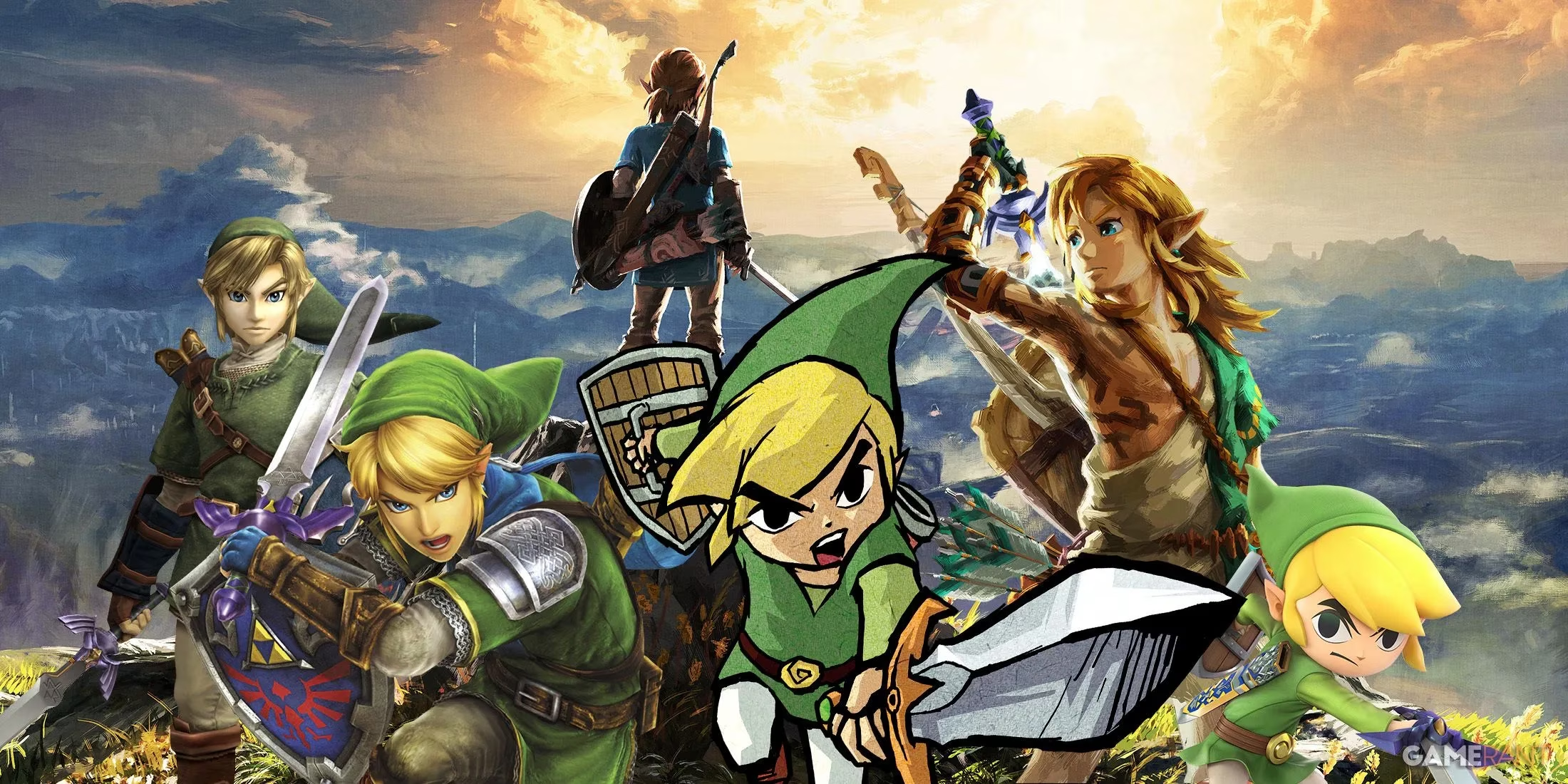The official casting announcements for Nintendo's live-action Zelda film have sent ripples through Hyrule's fandom, with Benjamin Evan Ainsworth (18) as Link and Bo Bragason (21) as Princess Zelda cementing a decade-long transformation within the legendary franchise. Like a master sword reforged in modern flames, these casting choices reflect the series' deliberate pivot from child protagonists to complex adult narratives—a shift first crystallized in Breath of the Wild and now dominating Tears of the Kingdom's emotional landscape. Production confirmation silences persistent rumors while spotlighting how deeply the games' mature thematic currents now influence cinematic adaptations. 
The Age Revolution's Timeline
For decades, Zelda's identity orbited around youthful innocence. Ocarina of Time's time-hopping mechanics treated childhood like a painter's foundational sketch—essential yet meant to be layered over. Majora's Mask and Four Swords perpetuated this tradition, positioning pre-teen heroes against cosmic threats like fragile saplings weathering hurricanes. The turning point arrived subtly with Twilight Princess' brooding atmosphere, but only achieved critical mass when Breath of the Wild launched:
| Era | Representative Titles | Character Ages | Narrative Tone |
|---|---|---|---|
| Classic (1998-2011) | Ocarina of Time, Majora's Mask | 9-12 years | Playful adventure, destiny-discovery |
| Transitional (2016) | Twilight Princess | 16-17 years | Dark fantasy, moral ambiguity |
| Modern (2017-present) | BotW, TotK, Echoes of Wisdom | 17-20+ years | Psychological introspection, sacrifice |
The casting mirrors TotK's 20-year-old Link/Zelda so precisely it feels like a spiritual blueprint—confirming the abandonment of child protagonists as permanently as sealing Ganondorf beneath Hyrule Castle.
Emotional Gravity of Maturity
Adult portrayals fundamentally alter Zelda's storytelling DNA. Where child-focused plots danced with whimsical discovery (imagine a deku nut cracking to reveal glittering puzzles), modern narratives wield emotional weight like a goron-forged hammer. BotW's amnesiac Link and TotK's guilt-ridden Zelda explore:
-
Memory as fragmented mosaics rather than linear tales
-
Sacrifice's visceral cost (Zelda's draconian transformation echoes like a silent princess wilting in reverse)
-
Responsibility's crushing burden, far heavier than any Hylian shield
This tonal shift resonates through Bragason's casting—her Renegade Nell performance showcased precisely the resilient vulnerability defining modern Zelda. Ainsworth, meanwhile, brings the quiet intensity needed for a Link whose silence now speaks of trauma rather than blank-slate heroism. 
People Also Ask
- Why choose unknown actors for such iconic roles?
Nintendo prioritizes emotional authenticity over star power—much like preferring korok seeds over rupees for essential upgrades.
- Will the film adapt a specific game's plot?
Insiders suggest an original story weaving BotW/TotK elements with classic mythology, avoiding direct retellings.
- Could child Link ever return?
Only through time-travel mechanics, which feel increasingly alien in today's grounded Hyrule.
The Horizon Beyond Hyrule
Peering toward the misty peaks of Zelda's future feels like deciphering ancient sheikah glyphs—equal parts exhilarating and enigmatic. The franchise now navigates adulthood with the unsteady grace of a loftwing learning thermals, leaving childhood's shores behind like a receding great sea. While nostalgic fans might yearn for Ocarina-style juvenility, the trajectory seems irreversible. Perhaps we'll witness Zelda confronting monarchy's isolation like a luminous stone trapped in velvet—or Link wrestling with post-war trauma sharper than any lynel blade. Whatever emerges, this casting solidifies a truth: Zelda has outgrown its swaddling clothes, stepping into an era where emotional complexity reigns supreme. The master sword has found its final whetstone, and its edge cuts deeper than ever.